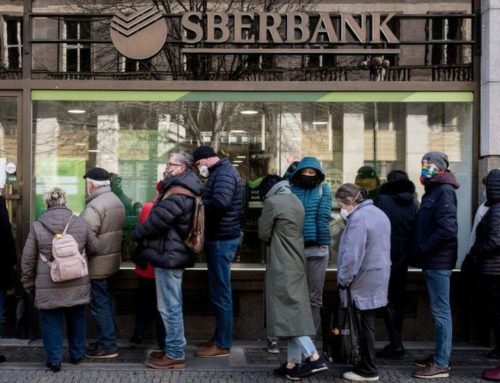Quite how banks were going to be impacted by the Covid epidemic was a subject of hot debate a year ago.
The industry was supposedly in a better shape after regulators had forced banks to hold more capital after the financial crisis, and the larger banks were being annually tested to measure how they could cope in a stress environment, but no-one had tested against the impact of a global pandemic.
Around this time a year ago there was a credit crunch similar to that experienced in the financial crisis. The credit worthiness of banks was put under a microscope once again and funds shifted to the larger better rated bank entities. The money market funds that held commercial paper saw massive withdrawals as the possibility of defaults from businesses grew and bank shares fell as they were expected to suffer from customer defaults.
This situation lasted until April 2020 when the liquidity from central banks landed in the market. Base rates were cut in March to record lows and business were able to attract funding at cheap rates. Banks became the conduit to the financial bailout from Central Banks and unlike 2008 their capital positions meant that they had enough funding to weather the storm.
The last 12 months has seen a transition by business as they adjust to how they deal with Covid. Many have seen their income dry up and have had to rely on the various funding initiatives from the Governments to survive. Banks have lent money to businesses that has been underwritten by the Government and so the possibility of these loans defaulting will not solely impact the banks performance.
The credit rating agencies have been reporting on the impact of the pandemic on banks throughout 2020 with Standard and Poor’s last update coming in October. Its key takeaways were:
- We continue to expect that COVID-19-related downgrades to banks will be limited by their strengthened balance sheets over the past 10 years, the support from public authorities to household and corporate markets, and our base case of a sustained economic recovery next year.
- About one-third of our bank ratings globally carry a negative outlook or are on CreditWatch with negative implications, mainly due to rating actions taken closer to the onset of the pandemic after we lowered our economic forecasts.
- Asset quality will continue to be a key driver of rating actions, but in many cases that picture may remain blurry in the beginning of 2021 because of the uncertain impact of the pandemic, mitigating government measures, and the shape of the economic recovery.
- Although emerging market banks are often more exposed than developed market peers, we expect most will face an earnings rather than a capital shock, exacerbated by lower rollover rates for systems dependent on external financing and the oil-price shock for some.
And it concluded, ‘The effect of COVID-19 on large diversified banks is spread across a very large number of borrowers. The performance of these banks is more likely to mimic the shape of the economic recovery, compared with many corporate sectors, but with a lag. It takes time for an economic downturn to manifest itself in bank creditworthiness. It also takes banks time to benefit from an economic recovery, given they are working through nonperforming loans accumulated during a downturn.
Some corporate sectors are more procyclical than banks. We also note that banks didn’t see the increase in leverage that many corporates experienced in the run-up to the pandemic. This is mainly because of banking regulations and prudential guidelines constraining banks’ activities, including leverage.
As a result, we have lowered our ratings on a smaller proportion of banks than in most other corporate sectors. But we expect the recovery of banking sectors to pre-COVID-19 levels will be slow, uncertain, and highly variable by segment and geography.’
Since this report from S&P, the announcements of and rollout of vaccines had led to optimism that the global economy will recover in 2021 and 2022 and that the action of the central banks has prevented a long term recession.
In summary, the banking sector has come through 2020 in a better shape than many expected. Their performance will continue to be impacted by lower net interest margins as a result of low interest rates and they will continue to see customer defaults, however, there has not been the need for the Government bank bailouts that we witnessed in 2008/09.
Eventually the liquidity that has kept the financial system afloat will need to be reversed and business will start to operate in a new ‘norm’. Yes, there will be further casualties, and banks will see some additional losses because of this, but the banking sector has weathered the Covid storm well proving that the regulators were right in their actions to force banks to hold more capital. Bank share prices have mostly recovered after their initial sharp selloff 12 months ago and the banking sector is now a key component in the recovery that the economy is now expecting.


